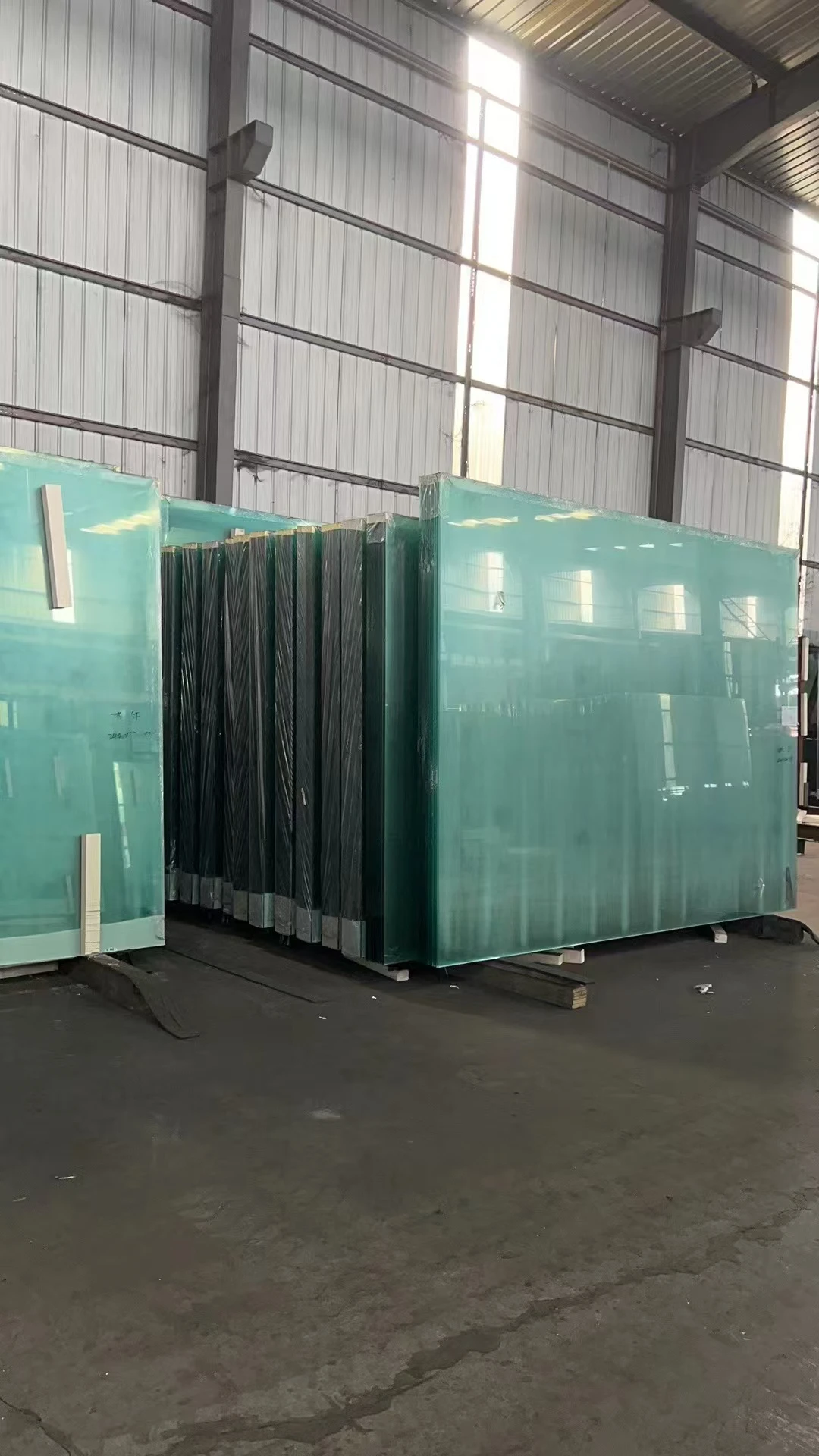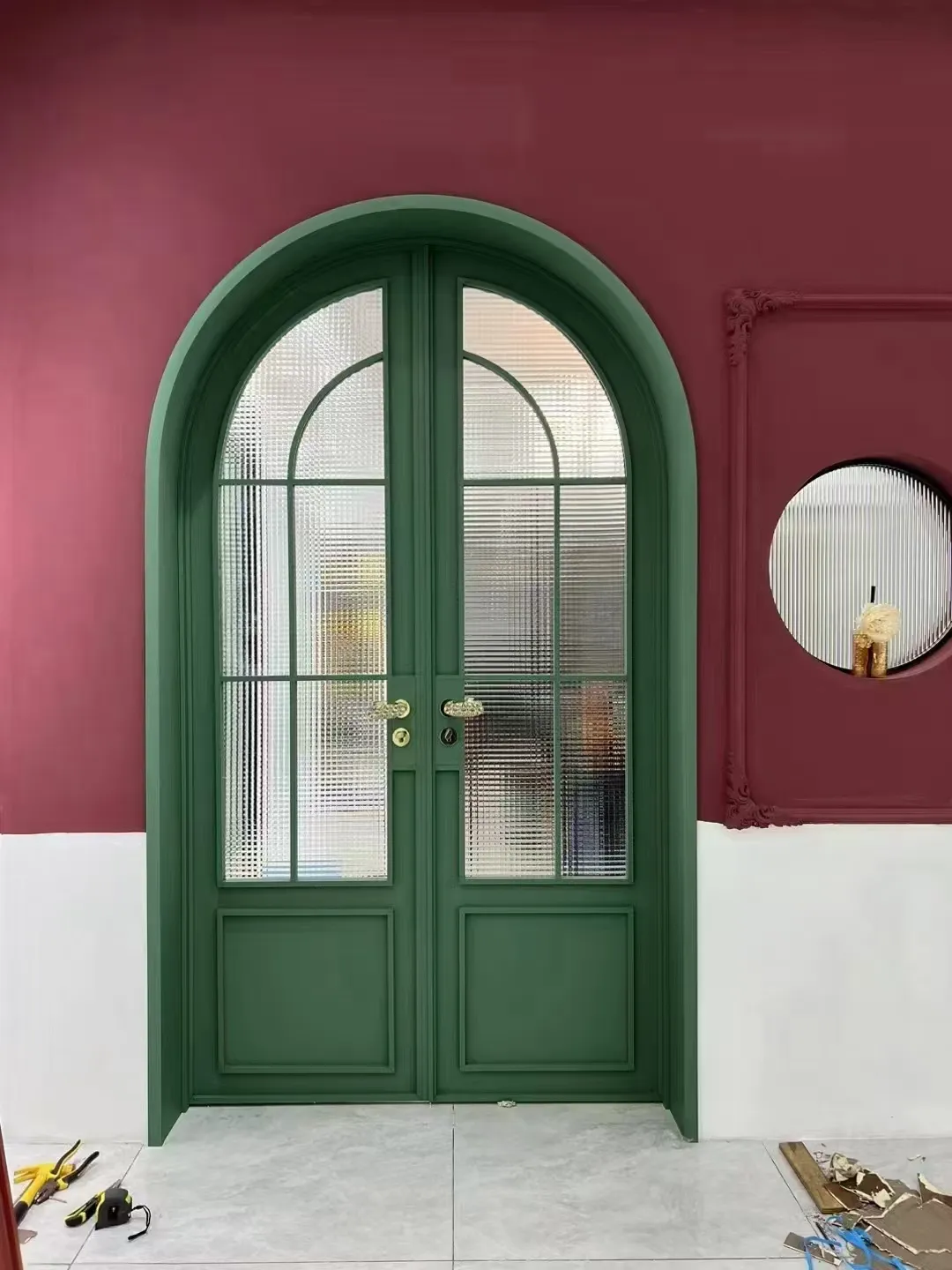Tempered glass, an essential material in the realms of construction and interior design, combines strength and aesthetic appeal, making it a preferred choice for residential, commercial, and industrial projects. A frequent query among consumers and businesses involves understanding the pricing dynamics of tempered glass, particularly its cost per square foot. This article delves into the factors influencing tempered glass pricing, offering professional insights and drawing on experience to provide a comprehensive overview.

One of the primary considerations affecting the cost of tempered glass is its thickness. Generally, tempered glass is available in a range of thicknesses from about 3mm to 19mm. As the thickness increases, so does its durability and, correspondingly, the price. Thicker glass is often used in applications requiring more structural support, such as flooring or large-scale windows, leading to higher costs per square foot. For example, while a thinner 3mm glass might cost around $5 per square foot, a much thicker 19mm option could exceed $20 per square foot.
The clarity and quality of the glass also play crucial roles in determining its price. High-quality tempered glass with minimal imperfections and superior optical clarity commands a premium because it enhances both aesthetics and function. This is particularly vital in architectural applications where visibility and transparency are paramount, such as in storefronts or glass facades. Low-iron glass, known for its unparalleled clarity, typically costs more but provides a premium look sought after in luxury projects.

When considering tempered glass prices, customization options such as colors, patterns, and coatings significantly impact cost. Colored or frosted tempering processes add an additional layer of style but can increase the price by 15-20% per square foot. Coatings like reflective or Low-E, designed for energy efficiency or enhanced privacy, can similarly raise the price depending on the complexity and effectiveness of the coating technology.
The geographical location of purchase also influences pricing. Metropolitan areas with high demand and limited supply might reflect premium pricing due to increased logistical costs and market dynamics. Conversely, areas with abundant manufacturing facilities or proximity to production sites might offer tempered glass at relatively lower prices. It's vital for buyers to consider regional market conditions and opt for local suppliers where possible to mitigate potential cost discrepancies.
tempered glass price per square foot
Supplier reputation and manufacturing processes additionally contribute to tempered glass pricing. Established manufacturers with a reputation for high-quality products and robust customer service might charge more, reflecting their expertise and investment in advanced production technology. Conversely, emerging suppliers might offer competitive pricing to gain market footholds, yet buyers must weigh these options against potential quality compromises.
Installation costs, often overlooked, are an integral part of the overall investment in tempered glass products. Professionals with expertise in handling and installing tempered glass efficiently will charge a premium for their services, reflecting both skill and the assurance of a flawless installation that minimizes risks of breakage or improper fit. DIY approaches, while cost-saving, might not guarantee the same finish or longevity, especially in complex applications.
In recent years, sustainability has become a pertinent factor affecting tempered glass pricing. Eco-friendly production methods and recycling capabilities can influence consumer choices, with sustainably produced glass commanding a slight premium. This not only supports green initiatives but also aligns with evolving industry standards that prioritize environmental responsibility.
Reviewing tempered glass options entails more than simply comparing prices per square foot. Prospective buyers should assess the full scope of their needs, factoring in quality, customization, installation, and sustainability to arrive at a truly cost-effective decision. Leveraging insights into market trends and supplier credentials can further refine selections, ensuring that investments align with both functional requirements and aesthetic aspirations.
In conclusion, the price of tempered glass per square foot is shaped by a myriad of factors, each contributing to its unique value proposition. By appreciating these dynamics and making informed decisions, buyers can optimize their purchase, securing glass solutions that marry quality with affordability and utility with design.
 Afrikaans
Afrikaans  Albanian
Albanian  Amharic
Amharic  Arabic
Arabic  Armenian
Armenian  Azerbaijani
Azerbaijani  Basque
Basque  Belarusian
Belarusian  Bengali
Bengali  Bosnian
Bosnian  Bulgarian
Bulgarian  Catalan
Catalan  Cebuano
Cebuano  Corsican
Corsican  Croatian
Croatian  Czech
Czech  Danish
Danish  Dutch
Dutch  English
English  Esperanto
Esperanto  Estonian
Estonian  Finnish
Finnish  French
French  Frisian
Frisian  Galician
Galician  Georgian
Georgian  German
German  Greek
Greek  Gujarati
Gujarati  Haitian Creole
Haitian Creole  hausa
hausa  hawaiian
hawaiian  Hebrew
Hebrew  Hindi
Hindi  Miao
Miao  Hungarian
Hungarian  Icelandic
Icelandic  igbo
igbo  Indonesian
Indonesian  irish
irish  Italian
Italian  Japanese
Japanese  Javanese
Javanese  Kannada
Kannada  kazakh
kazakh  Khmer
Khmer  Rwandese
Rwandese  Korean
Korean  Kurdish
Kurdish  Kyrgyz
Kyrgyz  Lao
Lao  Latin
Latin  Latvian
Latvian  Lithuanian
Lithuanian  Luxembourgish
Luxembourgish  Macedonian
Macedonian  Malgashi
Malgashi  Malay
Malay  Malayalam
Malayalam  Maltese
Maltese  Maori
Maori  Marathi
Marathi  Mongolian
Mongolian  Myanmar
Myanmar  Nepali
Nepali  Norwegian
Norwegian  Norwegian
Norwegian  Occitan
Occitan  Pashto
Pashto  Persian
Persian  Polish
Polish  Portuguese
Portuguese  Punjabi
Punjabi  Romanian
Romanian  Russian
Russian  Samoan
Samoan  Scottish Gaelic
Scottish Gaelic  Serbian
Serbian  Sesotho
Sesotho  Shona
Shona  Sindhi
Sindhi  Sinhala
Sinhala  Slovak
Slovak  Slovenian
Slovenian  Somali
Somali  Spanish
Spanish  Sundanese
Sundanese  Swahili
Swahili  Swedish
Swedish  Tagalog
Tagalog  Tajik
Tajik  Tamil
Tamil  Tatar
Tatar  Telugu
Telugu  Thai
Thai  Turkish
Turkish  Turkmen
Turkmen  Ukrainian
Ukrainian  Urdu
Urdu  Uighur
Uighur  Uzbek
Uzbek  Vietnamese
Vietnamese  Welsh
Welsh  Bantu
Bantu  Yiddish
Yiddish  Yoruba
Yoruba  Zulu
Zulu 


